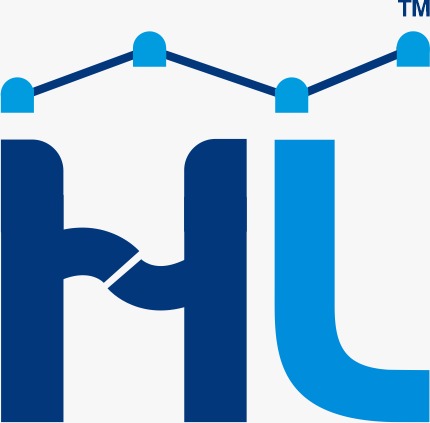- Posted on
- kushaltiwari348
- 0
Design Thinking is a creative process for problem-solving. It has a human-centric approach and helps identify new ways of seeing and understanding a problem. It is a solution-based approach because it focusses on finding solutions rather than focusing on fixing the obstacles and limitations. It focuses on people first by knowing their needs, understands related problems, and come up with effective solutions to meet their needs. In other words, design thinking is a process to come up with meaningful ideas to solve peoples’ problems. Design thinking has evolved from a range of different fields like engineering, business, and architecture. However, this applies to any area based on the processes and methods used by the designer.
We keep on facing problems in our lives/ and desire to solve them, but it is sometimes difficult to find the right solution or even where to start. That’s where the “design thinking” ideology comes in, as it helps to solve complex problems by approaching it from the user’s perspective. Design thinking is explained in various design and business schools across the globe. It has helped many businesses to become more customer-centric and come up with new and innovative solutions. It helps organizations develop better products, services, and internal processes.
Design Thinking Process
As mentioned above, the design thinking process is highly progressive and user-centric. It is foremost to know the principles which form the base of the design thinking process. Christoph Meinel and Hary Leifer of the Hasso – Plattner Institute of Design, Stanford University, California has laid down four principles of Design Thinking as listed below-
- The Human Rule –
- The Ambiguity Rule
- All design is re-design
- The Tangibility Rule
Based on the above four principles, The Hasso Plattner Institute of Design at Stanford (aka the d.school) describes design thinking as a five-stage process as below-
- Empathize – Involves understanding the users’ needs in their frame of reference. It marks the first stage of the design thinking process as it helps to identify the wants, need, and objectives of the users. To do it appropriately, the designer sets aside all his/her assumptions and understands the user on a psychological and emotional level to gain a real insight into their need and wants.
- Define – Its time to identify the problem statement based on the information collected in the empathize stage. You analyze the users’ needs and problems and synthesize them to develop a problem statement in a human-centered manner. Instead of defining the problem as per our wish, like “We need to get our client base in small and mid-size businesses” a much better way to define the problem would be, “Small, mid-size and many startups need HR support to run their operations at a nominal cost”. It is from this stage that the designers gather great ideas and establish features of products and services to address users’ needs. This stage advances the designer into the third stage by asking meaningful questions to explore ideas for solutions: “What business-aligned services we offer to benefit the SMBs in their smooth operations”.
- Ideate – This stage challenges our assumptions and triggers to generate ideas. The problem is apparent at this stage, and it’s time to brainstorm ways to identify solutions. The knowledge background from the last two phases helps us identify the feasibility and quality of ideas to find innovative solutions. The point is not to get a perfect idea, but rather to come up with as many ideas. It’s advisable to use sketching as it becomes easier to communicate the idea.
- Prototype – This is an experimental phase intended to find the best solution to problems identified in previous stages. The solutions are investigated and are further accepted, improved, or rejected based on users’ experience. This stage helps the designer get a clear idea of problems, still to be addressed before the final interface with the user.
- Test – This is the final stage wherein the designers test the best solutions identified during the prototype phase. It is time to revisit the problem statement and make sure the end solution is meeting the needs identified in the initial stages. Designers also make some alterations and refinements to develop a more user-centric solution. This stage also redefines one or more further problems and moves you to earlier stages making the design thinking an iterative process.
Thus, the design thinking process tackles problems by empathizing, defining, ideating, prototyping, and testing solutions, and brings ideas to life, eventually resulting in successful products or services. It also fosters creativity and innovation towards complex problem-solving in a highly user-centric way. Design thinking process can be used at every level of business and also by individuals to develop better alternatives for both business and society.

